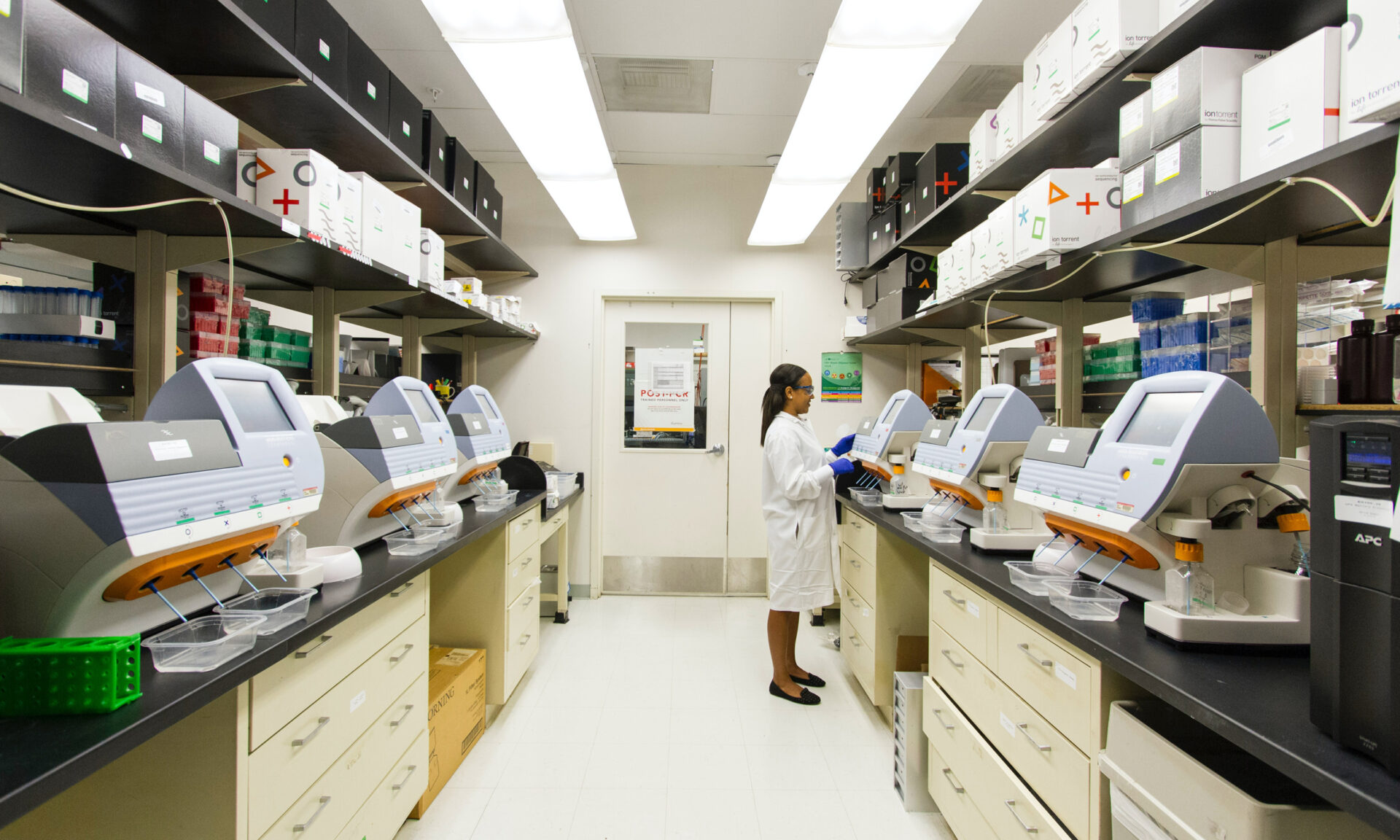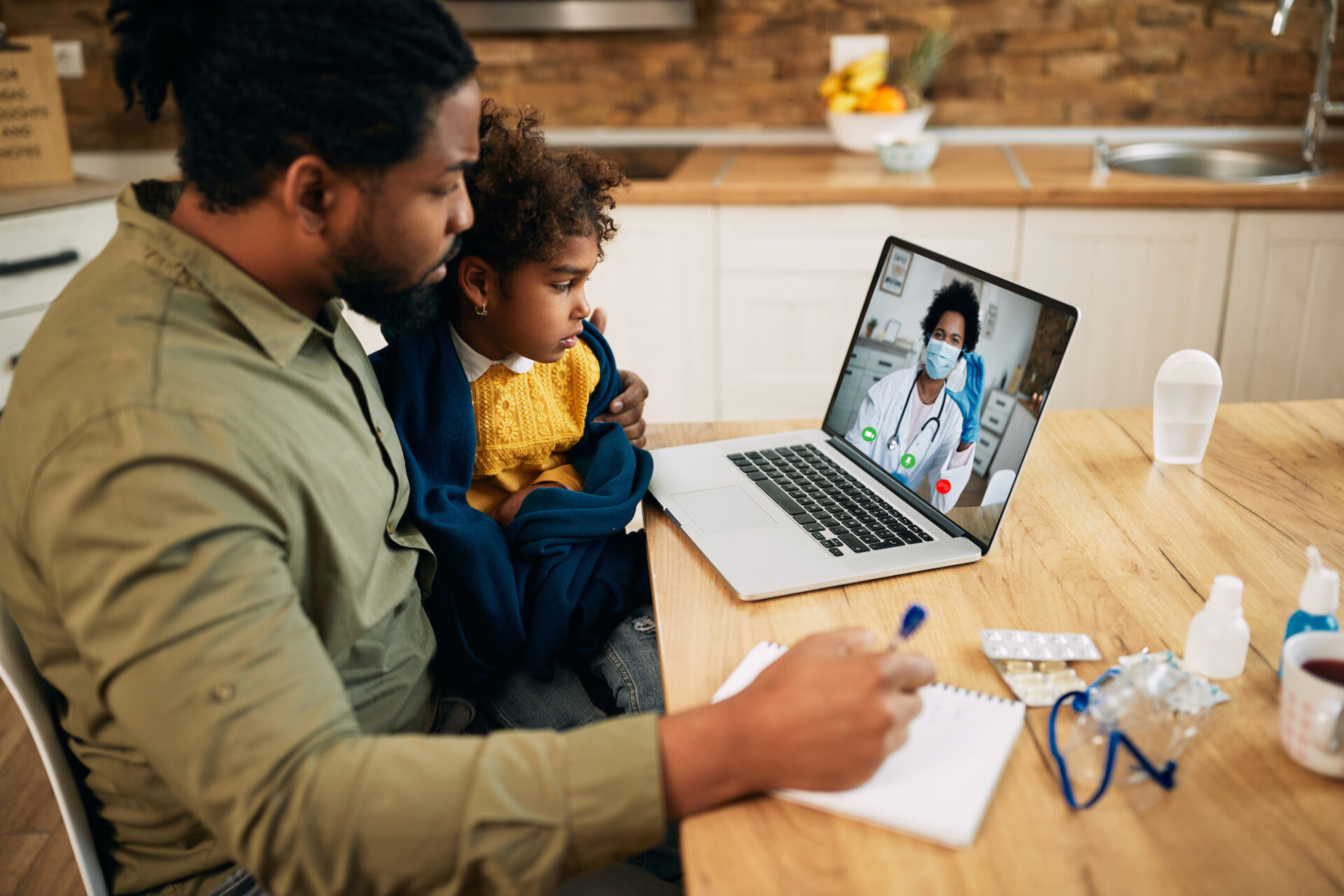As of Q2 2019, Apple Watch reportedly owned about 38% of the wearables market share. But Google’s plan to acquire Fitbit (who holds 24% of the market) in 2020 moves them deeper into the space—one where they’ve had little impact (Wear OS by Google comes in at 4% of the market share).
Teaming up with a titan of health and activity trackers opens the door for Google to quickly make large strides in the wearables category.
Digital search marketers can greatly benefit from this acquisition, which has the potential to surface four benefits:
One: Greater adoption of voice assistant usage
Post-acquisition, people may have the option to choose either Alexa (Fitbit’s current go-to) or Google Assistant as their preferred voice assistant. According to Microsoft’s 2019 Voice report, 36% of people surveyed reported having used Google Assistant, while only 25% of people had used Amazon Alexa. And, from Hero’s own data on voice, Google Assistant currently surpasses others in comprehension of a person’s intent and quality of search results. However, Google Assistant doesn’t currently have a strong distribution, which is a barrier to widespread usage. As Fitbit begins to integrate its devices, we will likely see even greater usage of Google Assistant in the coming years.
Two: Potential for richer data for ads in the future
Google will have access to a wealth of sensitive Fitbit data, including height, weight, location, heart rate, sleep, nutrition, and more. They will not use Fitbit health and wellness data for Google ads, at least to start, but there could be great value for marketers if this changes.
More information about someone’s’ activity and health interests, both from fitness trackers and the related apps, would improve the quality and potentially help expand paid search audience members and categories. Currently, Google search marketers can target in-market audiences—users who are actively browsing, researching, or comparing the types of products they sell—including users in-market for sports & fitness (in beta). In-market audiences help marketers target relevant users beyond existing first-party lists to increase conversions at a lower cost. The additional data from Fitbit would help improve mid-funnel marketing targeting, allowing advertisers to get their messages in front of people who are likely to buy their product but might not be aware of their brand. Fitbit user information could help create additional health and wellness audiences and expand the size of existing segments.
As of now, food in-market audiences are limited to baked goods and chocolate & candy categories, but sellers of nutritional food and supplements would find it valuable to be able to target a person who is actively researching nutritional food products. Similarly, affinity audiences—which are higher in the funnel and based more generally on users’ interests and habits—do not yet have wellness categories built out. The slim sports & fitness segments indicate an opportunity for enhancement that would benefit advertiser targeting.
Three: Voice assistants will become more effective
The Fitbit acquisition is a large piece of Google’s plan for “ambient computing.” Essentially, Google wants its technology to be everywhere people need it, including your car, home, phone, and on your body.
Today’s voice search and voice assistants are widely used, but in a simple manner for searches on scores and weather, or for their connected home. Google is taking steps like the BERT update, which improves natural language processing, to make ambient computing a reality.
Real-life moments that voice assistants can improve:
- Finding the right doctor: A customized search to find a doctor who accepts your insurance and new patients, and has positive reviews.
- Downloading music: A search asking to download a song and add it to your playlist on any wearable.
- Checking stocks: Make changes to your investment portfolio with added security measures via voice and facial recognition on certain devices.
- Connected healthcare: If Google and Fitbit can transition to a HIPAA-compliant framework, there are opportunities for more wireless monitoring. For example, healthcare professionals could remotely check their patients’ heart rates and connected food logs. Imagine a time when we see voice-enabled pacemakers, when physicians will ask Google to pull up a patient’s glucose levels or blood pressure, or change the pacing intervals of the device. There are, of course, major privacy and security hurdles for something as important as a pacemaker.
Four: Opportunity for new ways to search
Improving natural language processing is a great first step toward better understanding a person’s intent and serving relevant results, but communication goes beyond the spoken word. A lot of other cues such as facial expression and tone of voice can drastically change the meaning of a query.
Imagine a future algorithm that infers emotion from a person’s facial expression, tone, and heart rate and translates that into an intent signal. Smartphones are already dabbling in facial recognition, allowing people to unlock their phones with their face and create emojis that mimic their facial expressions. It’s not a stretch to predict that Google might leverage this software and heart rate monitoring via a wearable device to serve us more relevant results.
Someone could also perform a voice search for “heart attack symptoms.” If their face looks pained or their voice is shaky, a voice assistant could ask if they’d like to call an ambulance.
Google is also now utilizing gestures for their Pixel phone, where the person can control certain apps by waving their hand over the screen or squeezing their phone. Perhaps we could also see some gesture-related searches in the future, which could open the door for search via sign language.
Bottom line: The potential this acquisition brings could be very exciting for search marketers, and we look forward to all of the new advances in search and technology in 2020 and beyond.






